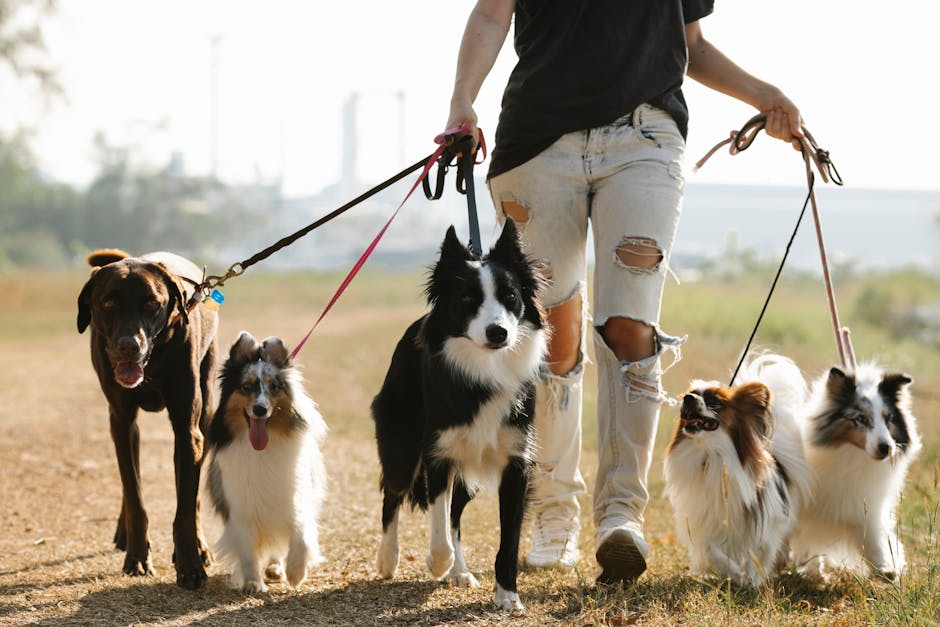Pet Anxiety: The Ultimate Guide to Peaceful Paws!

Introduce
Welcome to the ultimate guide to understanding and managing anxiety in our pets! Our furry companions bring enormous joy to our lives, but just like us, they can experience fear. In this guide, we delve into the world of pet anxiety and provide valuable insights and practical solutions to ensure your pet lives a peaceful and happy. From tips on pet anxiety to techniques for creating a quiet, pet-friendly environment, we've got it all!
Part 1: Understanding the source of your pet's anxiety
Anxiety in pets is a complex problem with many causes. Understanding these origins is the first step to helping our pets. Anxiety in pets can arise due to separation, trauma, noise, or even changes in routine. By understanding these triggers, we can tailor our approach to reduce your pet's stress and promote calm behavior.
Part 2: Signs and signals of anxiety in pets
Recognizing signs of anxiety in pets is important for early intervention. From excessive and destructive barking to withdrawal, our pets communicate their problems in different ways. By being aware of these signs, pet owners can act quickly and implement the right tips to help soothe their pet's anxiety.
Part 3: Living peacefully with pets: Simple tips to help pets worry less
Creating a calm environment for our pets is very important. Simple yet effective tips to help reduce your pet's anxiety include providing a safe space, interactive play, and establishing a routine. These changes can have an impact on your pet's overall health, turning it into a calm pet with peaceful paws.
Part 4: Mindful Friends: Coping with Pet Anxiety Through Mind-Body Techniques
Body care techniques like meditation and massage aren't just for humans. Pets can benefit greatly from these practices. Incorporating mindfulness activities into your pet's routine can help your pet relax, reduce anxiety, and strengthen the bond between you and your furry friend.
Part 5: Creating a Safe Place for Anxious Pets
The safe space serves as a refuge for nervous pets. Whether it's a cozy corner with their favorite toys or a specially designed pet nest, having a designated safe space will provide security, allowing your pet to withdraw and relax when they feel overwhelmed.

Part 6: Communicating with Dogs: Your Behavior Affects Your Pet's Anxiety
Our pets are very attuned to our emotions and behavior. By adopting a calm attitude and using positive reinforcement, we can impact our pet's anxiety levels. Understanding the power of our actions and words will help create a nurturing and safe atmosphere for our pets.
Please Comment and Follow



